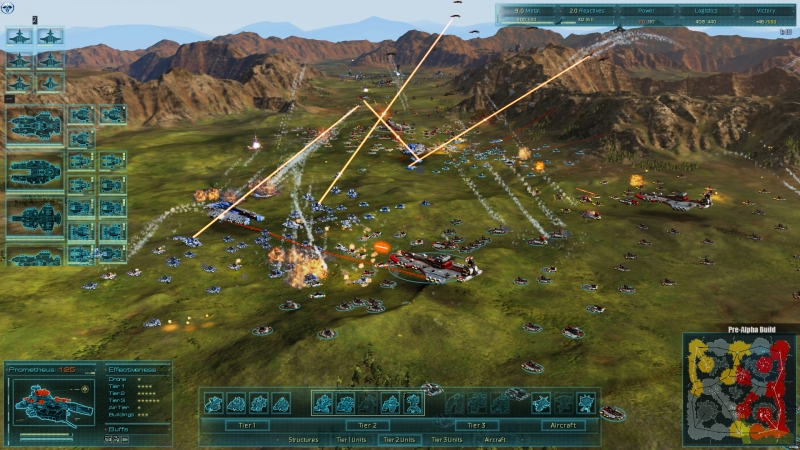
DirectX 12 comes with a ton of new features that game developers can harness. One of the coolest of these features is multi-adapter support, which allows you to utilize the power of multiple non-identical GPUs at the same time.
This means that developers, if they choose to do so, can add support for Nvidia and AMD graphics cards working at the same time in a multi-GPU setup. With DirectX 11, this simply would not be possible as games would be restricted to typical SLI or CrossFire solutions, but with DirectX 12 more possibilities are open to developers.
Oxide Games, again at the forefront of DirectX 12 development, has already implemented Unlinked Explicit Multiadapter mode in an alpha version of their upcoming game Ashes of the Singularity. The guys at AnandTech have managed to get their hands on a preview version of the game with this mode enabled, and have tested it with a collection of non-identical cards from both AMD and Nvidia.
The results of their tests are a little surprising, with Ryan Smith of AnandTech concluding that the game performs best when you mix AMD Radeon and Nvidia GeForce cards together in the one system.
When AnandTech tested with just a pair of Nvidia GPUs (a GTX 980 Ti paired with a GTX Titan X), they experienced 46% better frame rates than with a single GTX 980 Ti. But when the 980 Ti was paired with an AMD Radeon R9 Fury X, frame rates improved by 68% over a single GTX 980 Ti, and 75% over a single Fury X. Interesting to say the least.
Further testing performed by AnandTech revealed that using the Radeon GPU as the system's primary card delivered better results than if the GeForce GPU was the primary card. Scaling across resolutions was also good when high-end cards were used.
The full results over on AnandTech are very interesting and well worth the read, although it should be noted that Unlinked Explicit Multiadapter mode in Ashes of the Singularity is still just a tech demo, and performance figures from the benchmark may not end up reflecting real-world in-game performance.
And stay tuned, because we will be putting Ashes of the Singularity, with its DirectX 12 mode, through its paces in the near future.
https://www.techspot.com/news/62566-radeon-geforce-gpus-work-well-together-directx-12.html
